Some steps of the scientific method are:
- Wonder
- Define
- Review
- Design
- Experiment
- Analyze
- Conclude
One Way to Do Science...
(also known as "the scientific method")
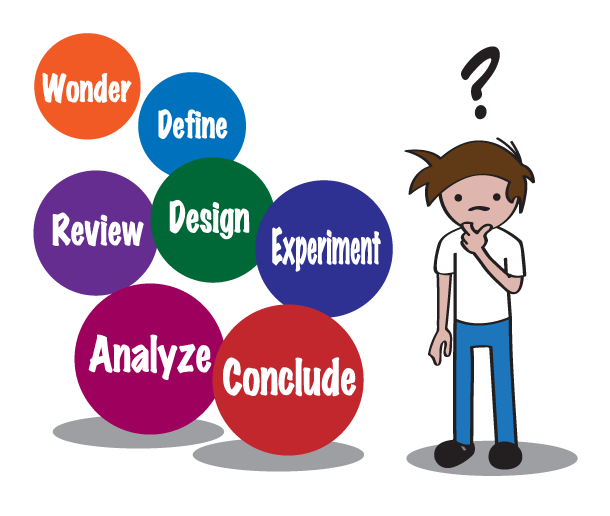
Credit: NOAA/JPL-Caltech
Step 1: Wonder
-
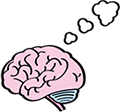
Credit: NOAA/JPL-Caltech
Observe something and wonder what is happening or why or how it happens. Ask a question or make a statement that can be tested by an experiment. This statement is called a hypothesis and defines the purpose of your experiment.
For example:
Observation: After my little brother has watched three hours of cartoons on Saturday morning, he always comes and picks a fight with me. However, if he spends the morning skateboarding, he is nice to me.
Hypothesis: Watching a lot of TV (or cartoons) makes little kids act mean. Physical activity makes them act nice.
Step 2: Define
-
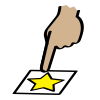
Credit: NOAA/JPL-Caltech
Define your variables (parts of your experiment that will change) and your controls (parts of your experiment that will not change).
Example:
Variable 1: Activity performed during a given period. Several different activities will be tested.
Variable 2: Individual subjects of experiment. Several different people will be tested.
Control 1: Period of time spent on activity. All subjects will spend the same time doing the activities.
Control 2: Test of "mean" or "nice" behavior. All subjects will be evaluated using the same test.
Step 3: Review
-

Credit: NOAA/JPL-Caltech
Find out everything you can about what people have already said or written about the subject. Even if someone else has already done an experiment and reported results, you can still repeat their experiment or devise one of your own to verify (or refute) the results of the previous experimenter.
Step 4: Design
-
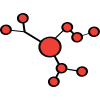
Credit: NOAA/JPL-Caltech
Design an experiment to test the hypothesis.
Make a step-by-step list of what you are going to do.
Step 5: Experiment
-
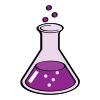
Credit: NOAA/JPL-Caltech
Do the experiment and carefully record the data.
Step 6: Analyze
-
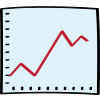
Credit: NOAA/JPL-Caltech
Process and analyze your data. Do any calculations needed or draw graphs to help you make sense of the data.
Step 7: Conclude
-

Credit: NOAA/JPL-Caltech
Draw conclusions and write a report.
Did the data you collected support your hypothesis or not? Is there any reason to think there might be errors in your results? If the data did not support your hypothesis, what are some other hypotheses you might test to explain your initial observations? What further research could you or someone else do to verify your results?




